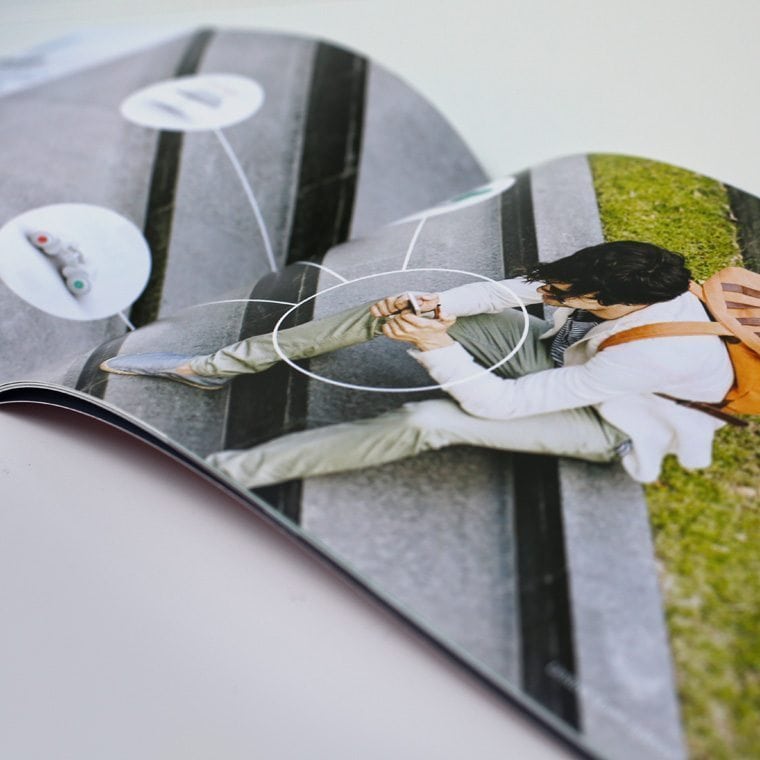The latest edition of the IAS Media Quality report for H1 2017 featured mobile app media quality data for the first time. During our latest webinar covering the highlights from the report, we received many thoughtful questions around in-app mobile measurement. Please find a few inquiries below that we did not have the opportunity to answer during the broadcast.
Q: With mobile now being device #1 for digital consumption, verification is more important than ever. Do you think media quality measurement will ever catch up to desktop in regards to viewability?
The development of mobile media verification has trailed that of desktop. Of the two, mobile is a relatively new platform. Additionally, mobile open web and mobile in-app environments require different and specific tech integrations in order to facilitate measurement. Due to these nuances, development of robust verification solutions for mobile measurement has lagged behind desktop .
That being said, the industry has made great strides towards providing options for publishers, platforms, and advertisers. Open web measurement can leverage methodology similar to what is applicable to measure desktop web, and therefore has been implemented and adopted rather seamlessly.
Mobile app measurement requires a different technical strategy. For example, traditionally, compliance with MRAID (Mobile Rich Ad Interface Definitions) was required to measure viewability. Recently, the industry has united to create an open measurement SDK solution for viewability. Although it has some technical challenges to its widespread adoption, it represents a significant effort to make mobile in-app viewability measurement pervasive.
Q: How do these nuances between mobile open web and mobile in-app measurement impact brand risk and fraud?
The industry is approaching the measurement and mitigation of both fraud and brand risk with evolving and improved solutions. We are excited to provide app benchmarks for brand risk display for the first time and look forward to tracking these trends as they evolve over future reports.
One trend we’ve seen is higher rates of fraud on platforms that generate higher CPMs. We look forward to gaining even more insight into the nature of fraud within mobile web and in-app as we continue to collect more data.
Q: How does your partnership with 3rd party mobile monetization platforms allow for adoption of the open source measurement SDK?
Mobile in-app measurement is an industry-wide initiative and requires the partnership of mobile inventory management platforms, as well as measurement solutions such as IAS. IAS has led the mobile in-app measurement initiative through its integrations with 3rd-party mobile app inventory platforms such as InMobi and MoPub.
For example, IAS integrated with InMobi and MoPub. InMobi and MoPub are early supporters of the mobile Open Measurement SDK initiative. Partnerships such as these allow us to further extend our viewability verification solution to our mutual customers who need complete transparency for their mobile in-app advertising buys.
MoPub has +49K apps and InMobi is the #4 largest mobile SSP. They are both mobile in-app advertising platforms which allow for measurement and verification companies such as IAS to integrate its solutions into some of the most notable and diverse set of mobile apps at scale.
These integrations benefit both publishers and advertisers. For SDK measurement, there is no enablement required on campaigns. IAS is able to measure and report on all impressions that run on InMobi apps that have integrated our SDK. If an app does have our SDK in place, we will automatically be able to collect data via our verification tags without any client-side enablement.
 Share on LinkedIn
Share on LinkedIn Share on X
Share on X


